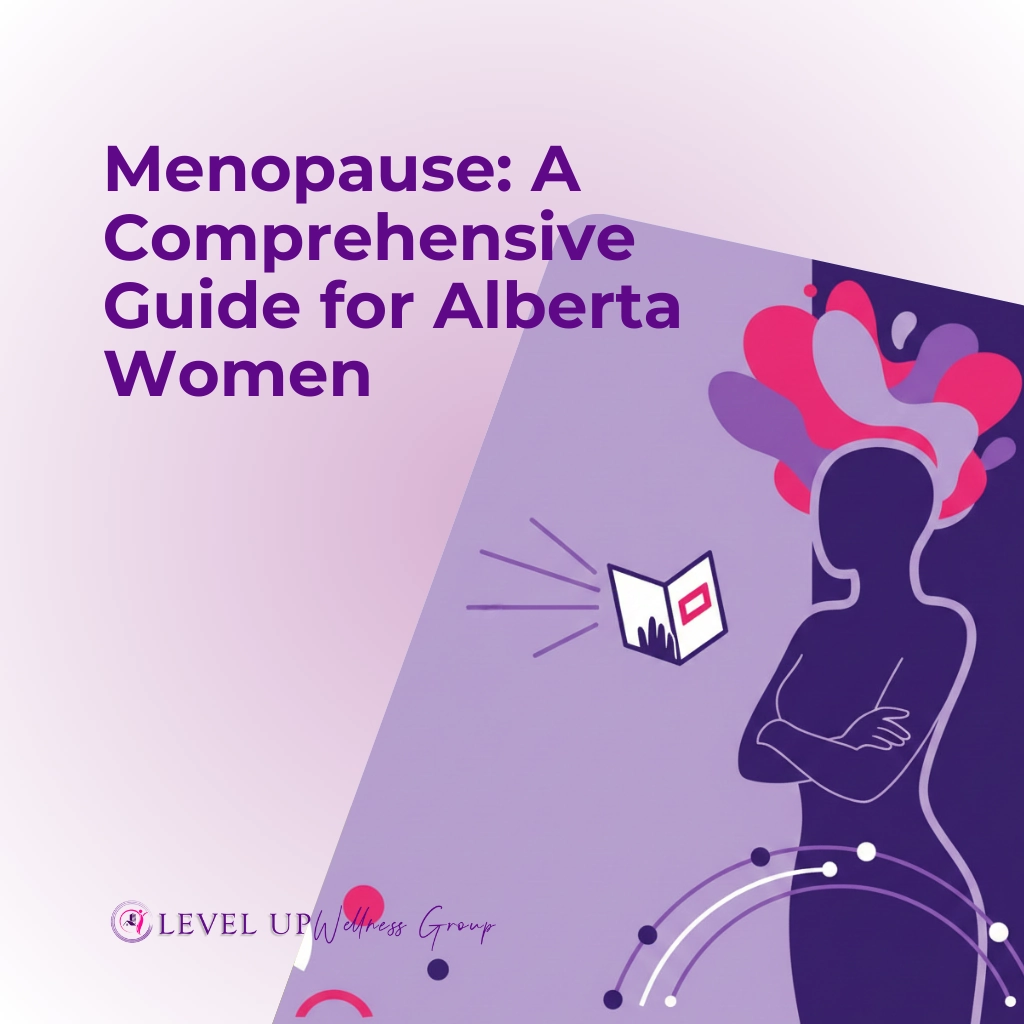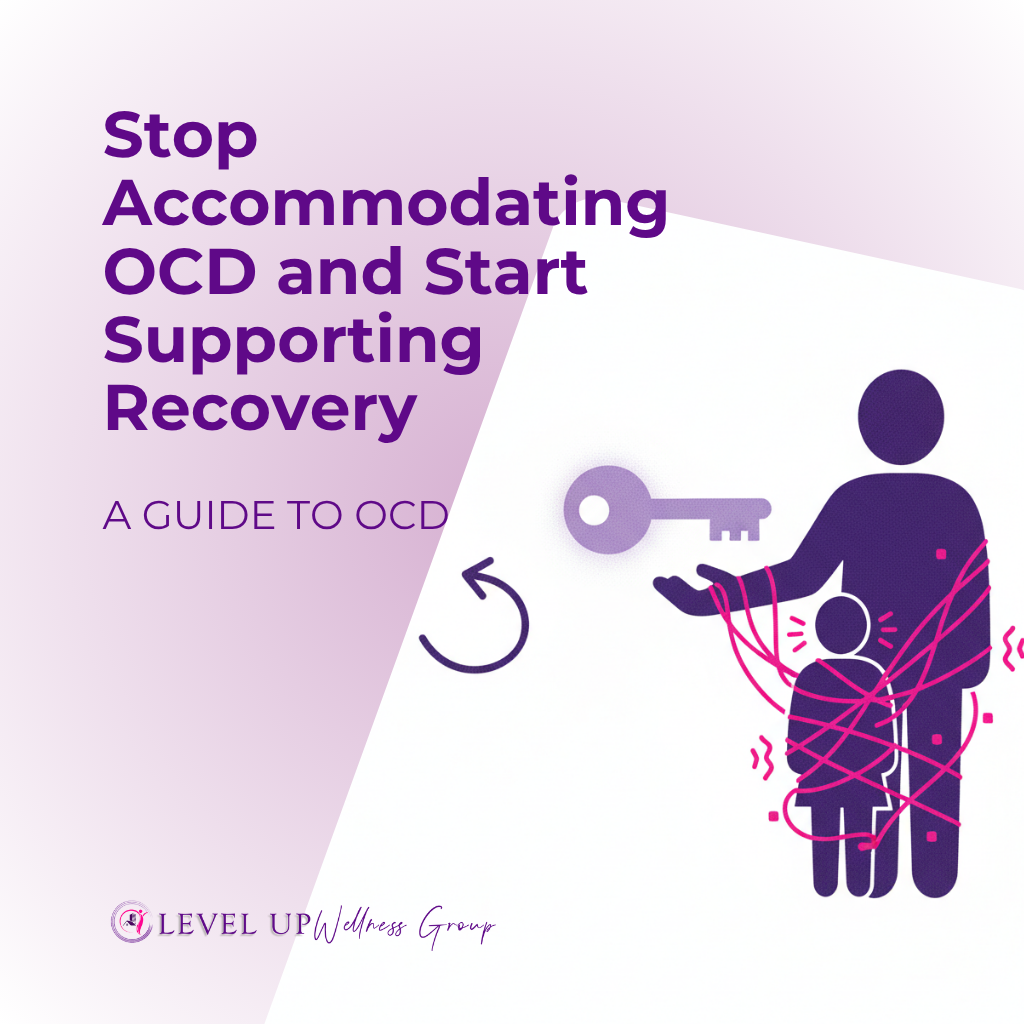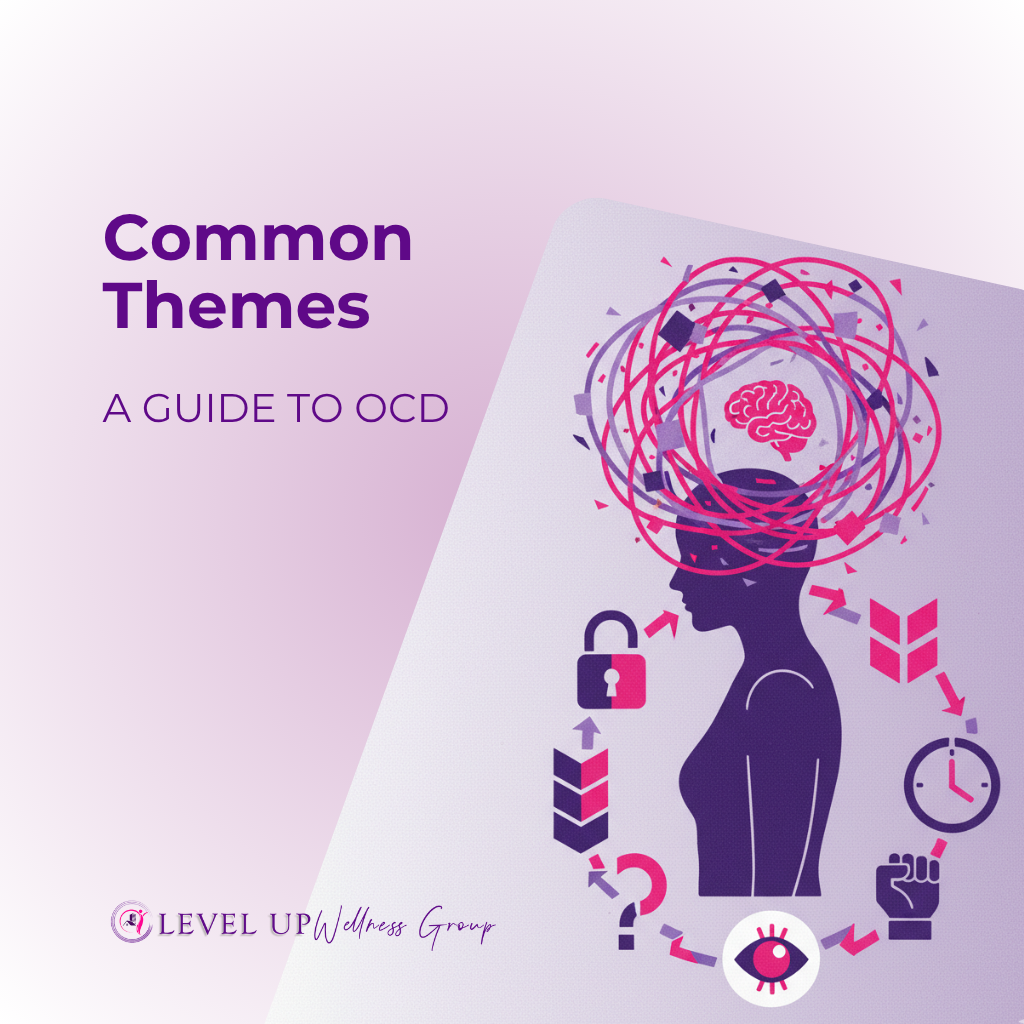
Understanding Undesirable Behavior
Let’s start by understanding what an undesirable behavior may look like, as it can vary greatly from person to person. An undesirable or unhealthy behavior is any activity we engage in that has negative consequences on our emotional, physical, or mental health. This can include everything from unhealthy engagement with substances or technology to excessive eating and overworking, and all behaviors in between that takes away rather than adds to life.
Why Do We Engage in Undesirable Behaviors?
People engage in undesirable behaviors for a variety of reasons. One reason may be to disconnect from difficult feelings, using these behaviors as a form of escape. Another reason may be to experience a rush of dopamine, the “happy chemical” in our brain. Seeking pleasure and avoiding pain are normal human behaviors.
Problem with Unhealthy Behaviors
The problem arises when the activity causes more harm than good in our lives. At this point, we may become dependent on the behavior and have less control over it than we think. It starts interfering with our daily functioning and well being, signalling a need to address and change these patterns. Breaking unhealthy can be challenging but with the right strategies, positive change can occur. Let’s look at a few steps to behavioural change.
Steps to Manage Undesirable Behaviors
- Recognizing Unhealthy Behaviours: We first must develop a detailed understanding of which behaviour is damaging in our life and how it causes harm. This strategy should be specific and written down to help strengthen motivation to change.
- Understand the Purpose of the Behaviour: Gain insight into what purpose the behaviour has. For example, binge eating may help to numb or avoid difficult feelings such as loneliness, sadness, or even boredom. This involves understanding what situations may trigger the undesirable behaviour and give insight into ideas about healthier coping.
- Develop Realistic Goals: Not all undesirable behaviors are inherently harmful; many simply require moderation. If this applies, set realistic goals that allow for some controlled indulgence. If the behavior is entirely harmful, set attainable goals to gradually reduce it, perhaps by making small, incremental changes.
- Find Healthy Alternatives: Start by creating a list of activities that can be done instead of the undesirable behaviour. This can be as simple as calling a friend, going for a walk, watching a favourite TV show, or reading a book. The purpose of this step is not to immediately get rid of the unhealthy behavior but rather to cultivate other methods of coping and dedicating time.
- Replace the Behavior: Create a plan and commit to practicing it regularly. This step is challenging but can lead to significant change. Start by delaying the unhealthy behavior and substituting it with a healthier alternative. After a while, aim to completely replace the undesirable behavior with the positive one, while still adhering to your set goals. Remember, this process won’t be perfect, and that’s okay. The focus should be on continuous practice and integrating more positive activities into your life.
- Practice Self-Compassion: This is perhaps the most crucial aspect. Be kind and compassionate with yourself throughout this journey. Being overly critical can increase feelings of shame, which may lead to a greater need to cope through unhealthy behaviors. Encourage and support yourself through both successes and setbacks to promote further growth.
Remember, change takes time and effort. Be patient with yourself and seek support if needed.
Thank you for reading and good luck on your journey!
Disclaimer: This blog is for general informational purposes only and does not constitute the practice of professional health care service recommendations, as no psychologist/client relationship has been formed. The content on this blog should not substitute for direct professional medical advice, diagnosis, or treatment.





